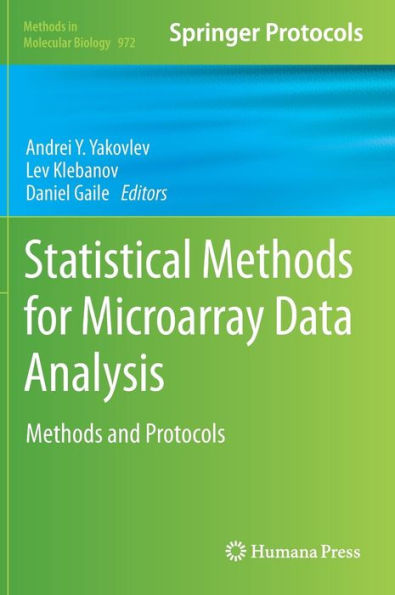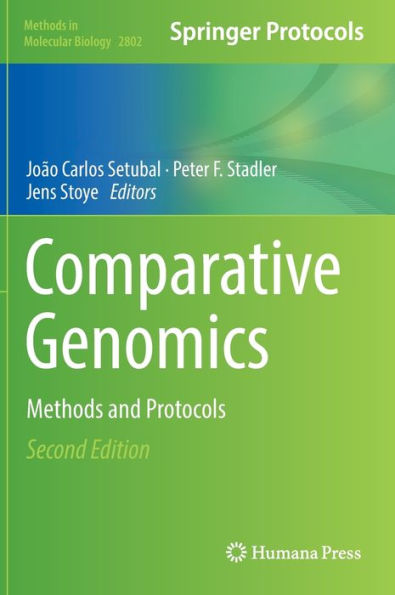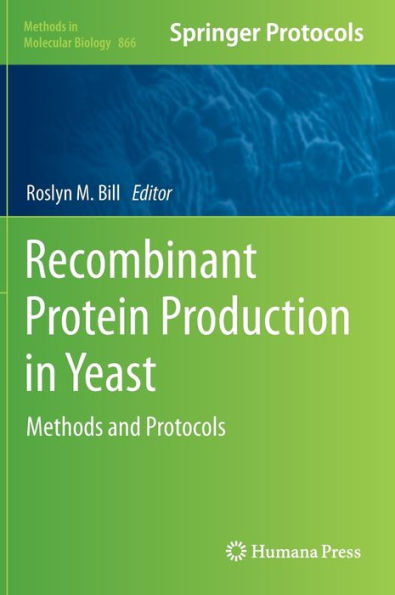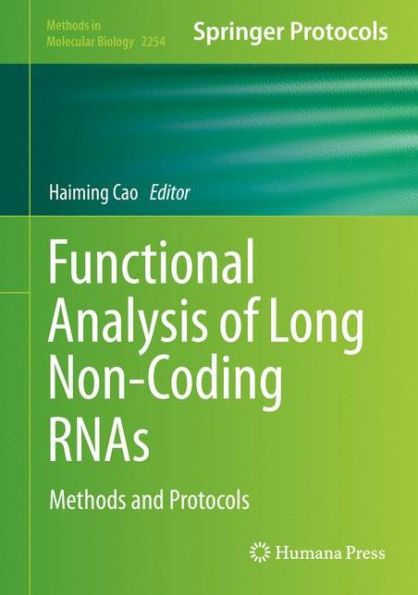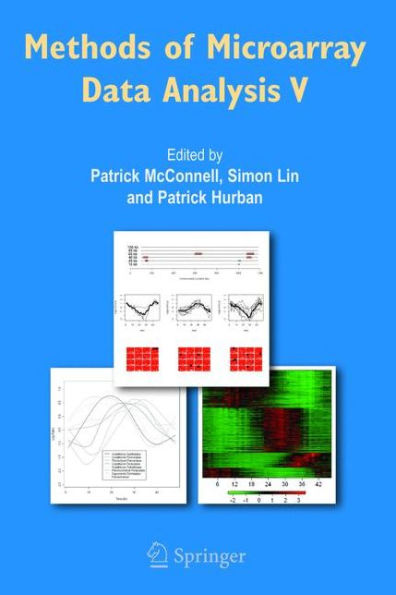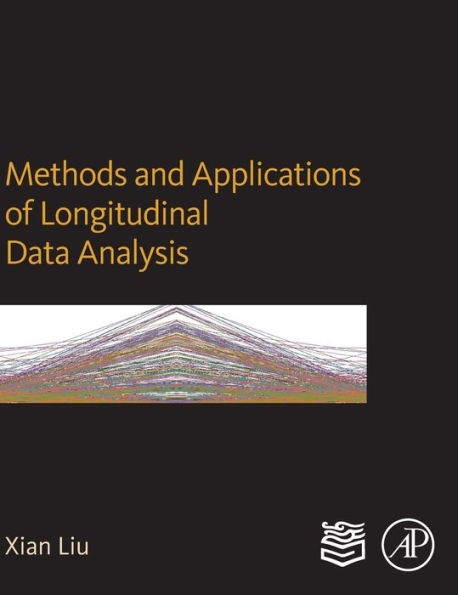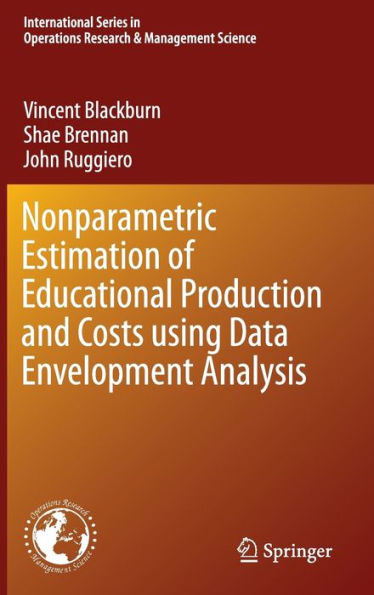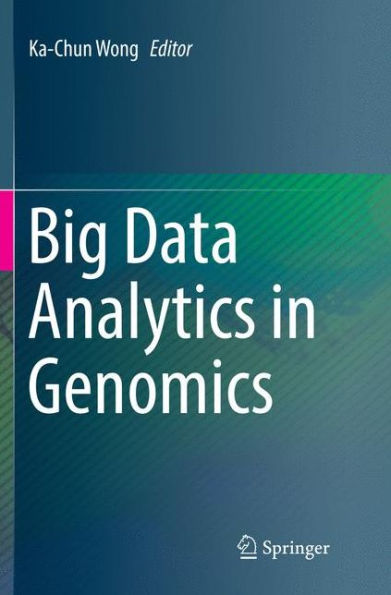Home
Data Production and Analysis in Population Genomics: Methods and Protocols
Loading Inventory...
Barnes and Noble
Data Production and Analysis in Population Genomics: Methods and Protocols
Current price: $139.00
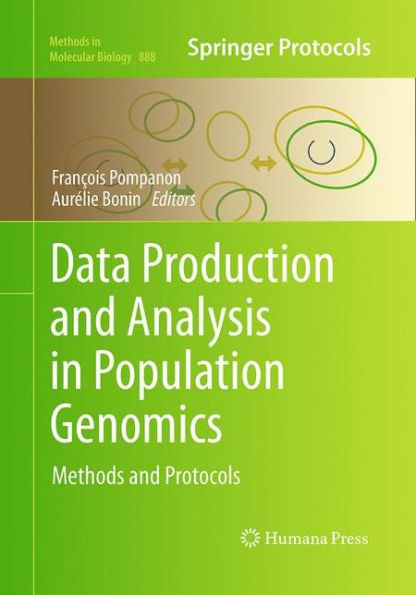

Barnes and Noble
Data Production and Analysis in Population Genomics: Methods and Protocols
Current price: $139.00
Loading Inventory...
Size: OS
*Product Information may vary - to confirm product availability, pricing, and additional information please contact Barnes and Noble
Population genomics is a recently emerged discipline, which aims at understanding how evolutionary processes influence genetic variation across genomes. Today, in the era of cheaper next-generation sequencing, it is no longer as daunting to obtain whole genome data for any species of interest and population genomics is now conceivable in a wide range of fields, from medicine and pharmacology to ecology and evolutionary biology. However, because of the lack of reference genome and of enough
a priori
data on the polymorphism, population genomics analyses of populations will still involve higher constraints for researchers working on non-model organisms, as regards the choice of the genotyping/sequencing technique or that of the analysis methods. Therefore,
Data Production and Analysis in Population Genomics
purposely puts emphasis on prools and methods that are applicable to species where genomic resources are still scarce. It is divided into three convenient sections, each one tackling one of the main challenges facing scientists setting up a population genomics study. The first section helps devising a sampling and/or experimental design suitable to address the biological question of interest. The second section addresses how to implement the best genotyping or sequencing method to obtain the required data given the time and cost constraints as well as the other genetic resources already available, Finally, the last section is about making the most of the (generally huge) dataset produced by using appropriate analysis methods in order to reach a biologically relevant conclusion. Written in the successful
Methods in Molecular Biology™
series format, chapters include introductions to their respective topics, lists of the necessary materials and reagents, step-by-step, readily reproducible prools, advice on methodology and implementation, and notes on troubleshooting and avoiding known pitfalls.
Authoritative andeasily accessible,
serves a wide readership by providing guidelines to help choose and implement the best experimental or analytical strategy for a given purpose.
